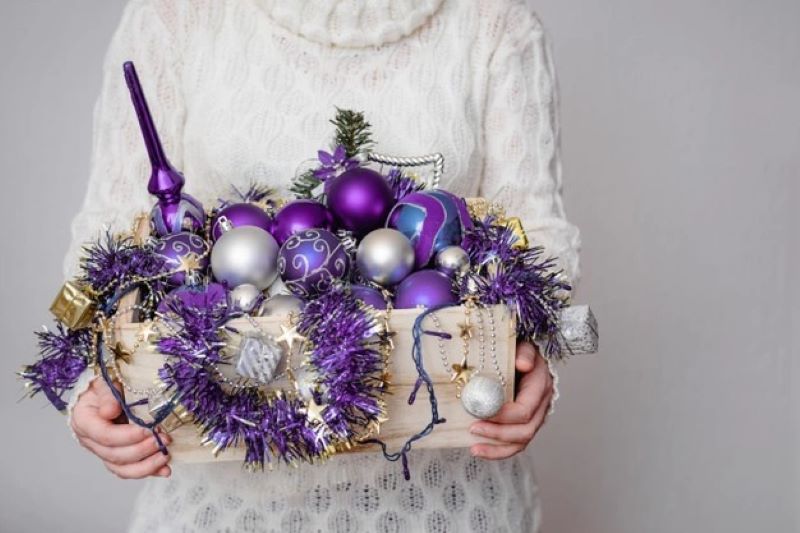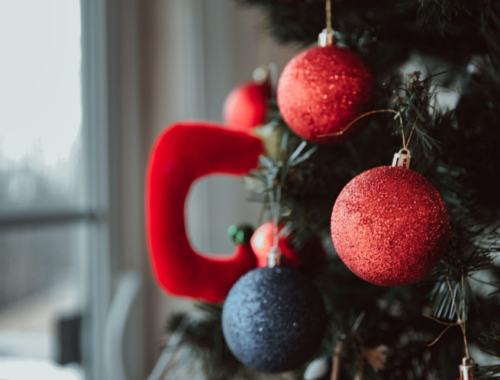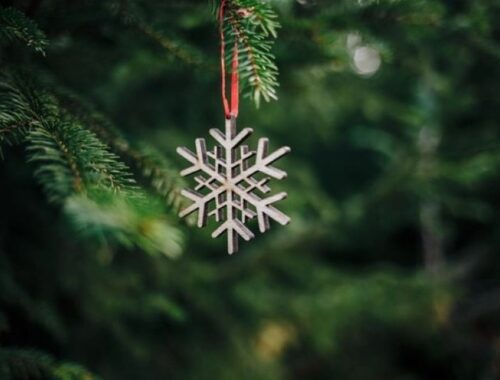
Making an Unforgettable Statement with a Uniquely Designed Artificial Christmas Tree
Christmas is just around the corner, and you might be considering getting an artificial tree for your home or office. When selecting your tree, it is important to consider a variety of factors, such as the height and width, color and design, branches and tips, and cost. This article will guide you through these factors to ensure you find the perfect tree for your space.
1. Height and Width
The first thing to consider when selecting a tree is the height and width. To determine the right size, measure the space where you plan to place your tree. Consider the height of your ceiling and ensure that you leave enough room for a tree topper. As a rule of thumb, leave at least 6-12 inches between the top of your tree and the ceiling.
In addition to the height, consider the width of your space. Some rooms may have limited floor space, requiring a narrow tree, while others may have ample room for a wide, full tree. Pay attention to the diameter of the base of the tree to ensure it will fit comfortably in your designated area.
2. Color and Design
Artificial Christmas trees come in various colors and designs to accommodate your personal taste and home décor. The most common colors are green, white, and flocked, which is a combination of green and white.
Green trees are an excellent choice for individuals who want a classic Christmas look, while white trees offer a modern and elegant feel. Flocked trees provide a snowy look, which can be an excellent addition for those living in areas with warmer climates.
The design of your tree is also essential, with options ranging from traditional spruce to innovative upside-down trees. Choose a tree that complements your home’s aesthetic and your personality.
3. Branches and Tips
The number of branches and tips on an artificial Christmas tree plays a significant role in its overall appearance. A tree with more branches and tips will look fuller and more realistic, while a tree with fewer branches may appear sparse. It is essential to consider the type of tree you prefer.
Another aspect to consider is whether the branches are hinged or hooked. Hinged branches are pre-attached to the tree and simply fold out, making assembly much easier. Hooked branches require the user to individually attach each branch to the tree, which can be time-consuming. However, hooked branches allow for a more customized look and may be more secure compared to hinged branches.
4. Pre Lit or Unlit
Artificial Christmas trees are available in pre lit and unlit options. Prelit trees come with built-in lights, making the tree setup process more straightforward, and eliminating the need to untangle and string lights. However, keep in mind that if one bulb burns out on a prelit tree, the entire strand may go dark.
Unlit trees give you the freedom to choose your own lights and the flexibility to change your lighting theme each year. Additionally, if one strand of lights fails on an unlit tree, it can easily be replaced without affecting the entire tree.
5. Cost
Finally, consider your budget when selecting your perfect tree. Artificial Christmas trees can range from affordable to expensive, depending on factors like size, material quality, and added features like pre lit lights.
Remember that investing in a high-quality tree may save you money in the long run, as it will last for many years, whereas cheaper trees may need replacing after a short period. Additionally, artificial trees are more environmentally friendly compared to real trees, and they do not require constant watering and maintenance.
In conclusion, finding the perfect size artificial Christmas tree involves considering factors like height and width, design and color, branches and tips, pre lit or unlit, and, of course, cost. With the proper knowledge and guidelines, you will find a tree that seamlessly fits your space and makes your holiday celebrations truly magical.
You May Also Like

Unique Christmas Tree Deals: Get Your 9ft Flocked Tree on Sale Today!
February 6, 2024
Introducing Nature-Inspired Holiday Decorations: How Green Artificial Christmas Trees Can Enhance Your Home’s Aesthetics
March 16, 2023

